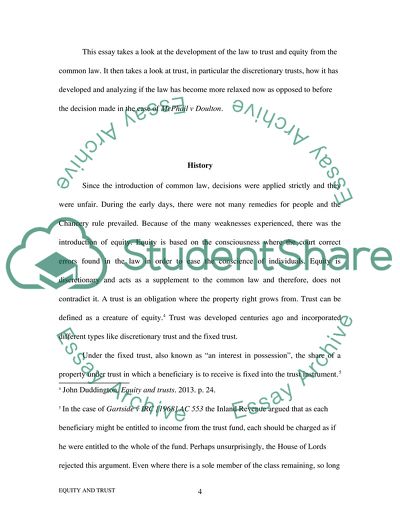Cite this document
(“Equity and Trusts Essay Example | Topics and Well Written Essays - 2500 words - 2”, n.d.)
Equity and Trusts Essay Example | Topics and Well Written Essays - 2500 words - 2. Retrieved from https://studentshare.org/law/1632654-equity-and-trusts
Equity and Trusts Essay Example | Topics and Well Written Essays - 2500 words - 2. Retrieved from https://studentshare.org/law/1632654-equity-and-trusts
(Equity and Trusts Essay Example | Topics and Well Written Essays - 2500 Words - 2)
Equity and Trusts Essay Example | Topics and Well Written Essays - 2500 Words - 2. https://studentshare.org/law/1632654-equity-and-trusts.
Equity and Trusts Essay Example | Topics and Well Written Essays - 2500 Words - 2. https://studentshare.org/law/1632654-equity-and-trusts.
“Equity and Trusts Essay Example | Topics and Well Written Essays - 2500 Words - 2”, n.d. https://studentshare.org/law/1632654-equity-and-trusts.


